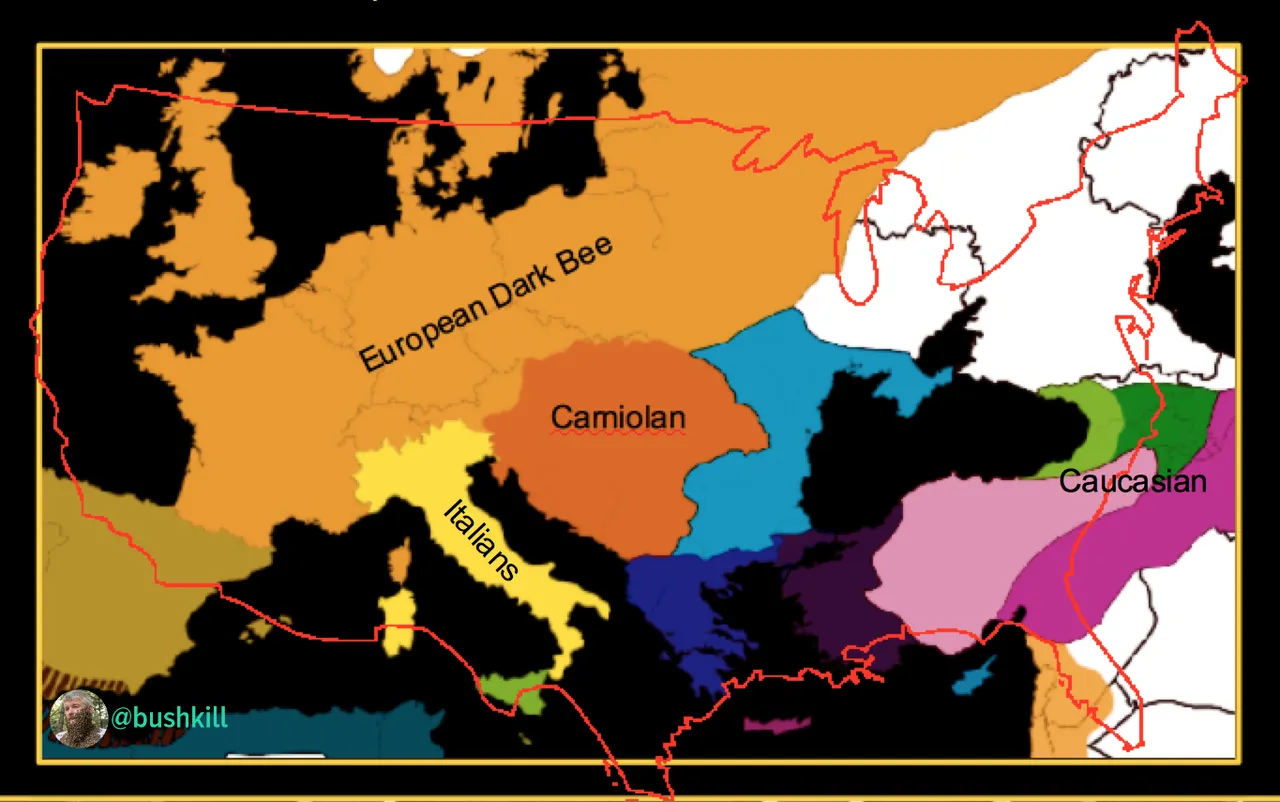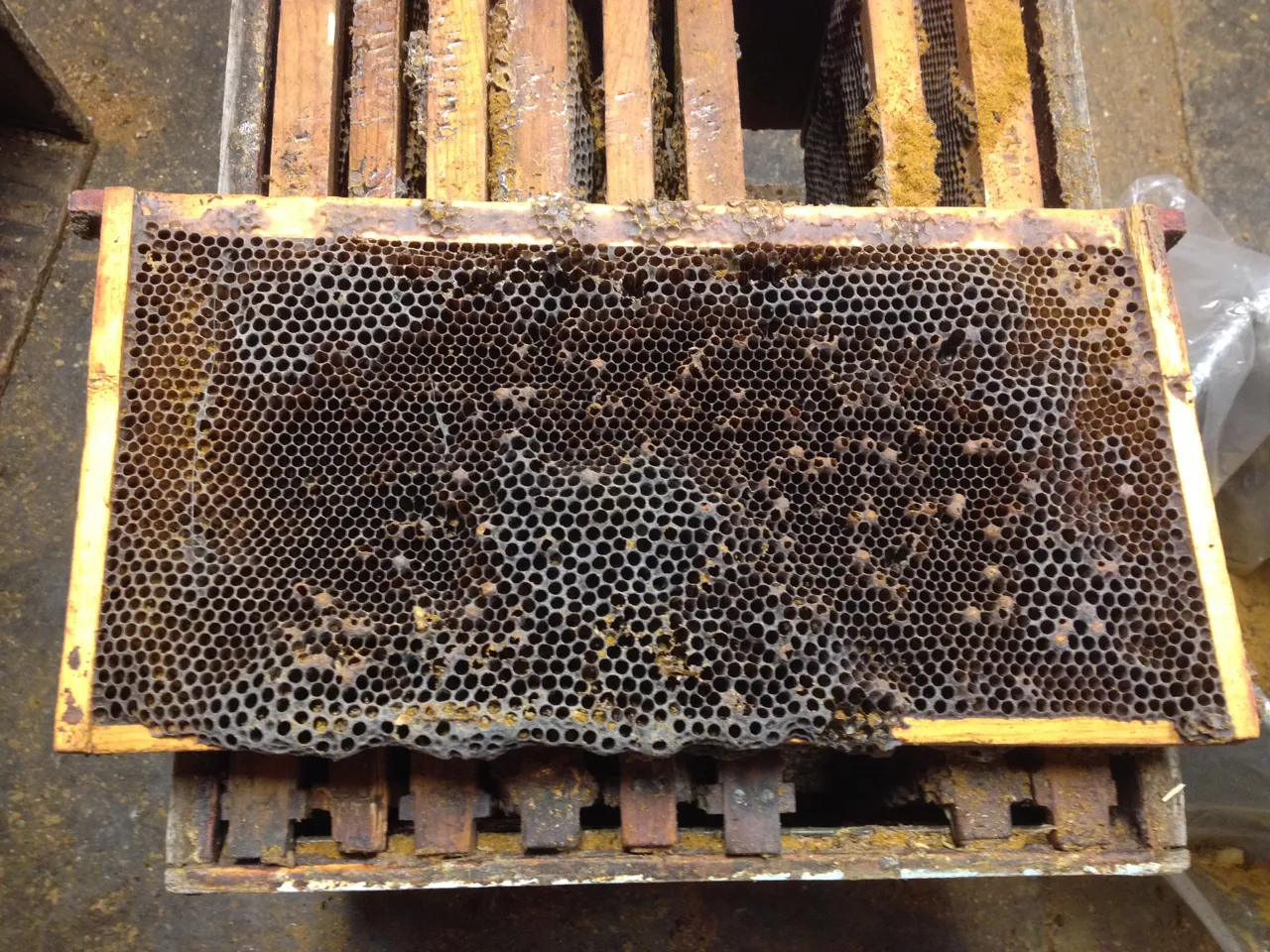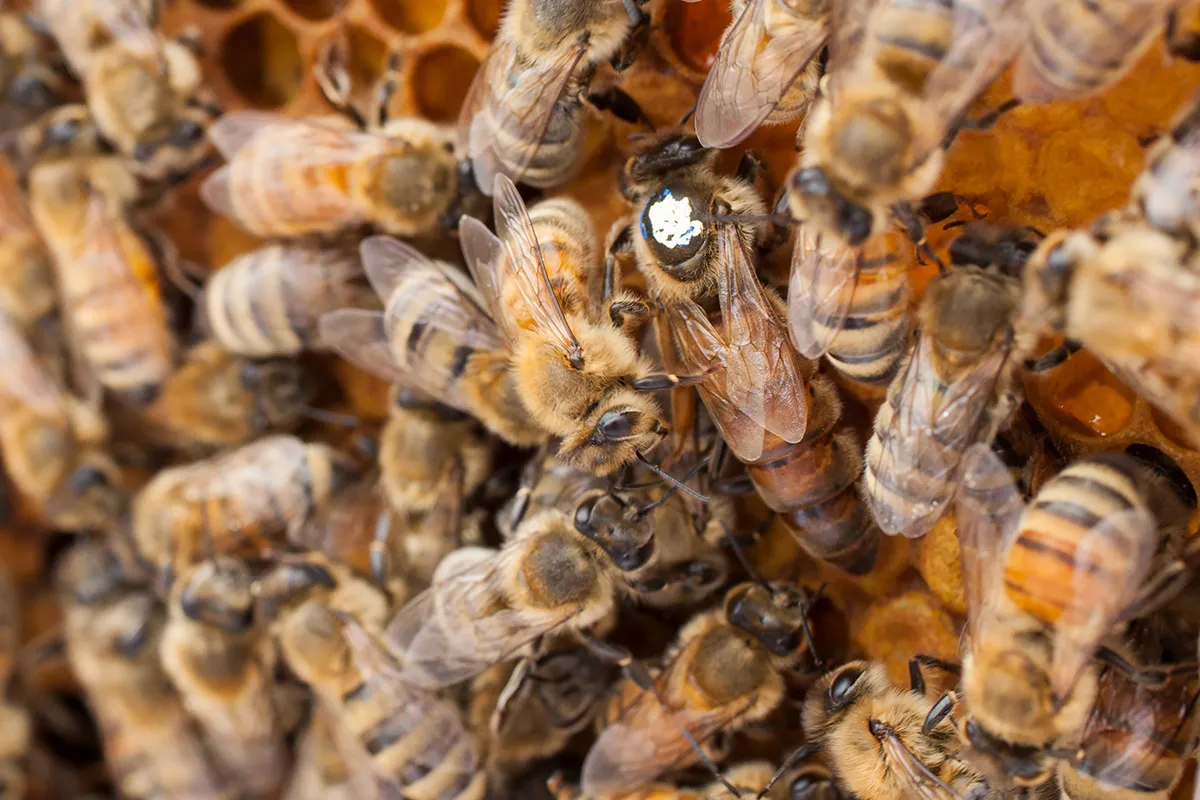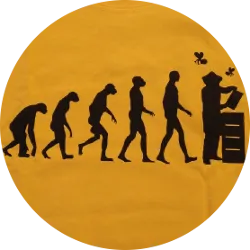New to the "Beekeeping for Everyone!" series?
Consider starting with Post #1, search #beekeepingforeveryone, or scroll to the bottom of this post for the complete list.
Honeybee Nucs - Buyer Beware
A nucleus (nuc) beehive is more than just a box of bees, or at least it should be. Nucs come in many different varieties and most times the sellers do not point out what you are actually getting. The high demand for nucs doesn't require sellers to be salesmen and differentiate their product from others. The other drawback of high demands is that you get some unscrupulous people trying to make a fast buck. You as the buyer must ask the right questions to make sure the price you are paying fits the quality of the nuc you are receiving.

Nuc Standard
Although there is no standard per se, the general rule among reputable beekeepers is 5 deep brood frames. At least 4 frames of bees, brood in all stages, pollen, nectar and honey. 1/2 to 1 empty frame for expansion. The room for expansion is very important as most good nucs will be growing rapidly and the last thing you want is to have them get crowded and get the swarming impulse. Now this is not to say you shouldn't buy a nuc of a difference size, just make sure it is priced accordingly.
Local Nuc
Local acclimatized bees have a much higher survival rate than bees shipped in from other climates. This is especially true in northern climates. Since bees are easier to mass produce in warmer climates, it is quite common for Southern bees to be shipped to Northern climates and sold, I guess this is OK if you plan to take your bees south each winter. After all, that is what the commercial beekeepers do. If not, I highly suggest getting local bees. Since honeybees are not native to USA, lets do a comparison with Europe. In the photo below I have overlaid the outline of the US on a map of Europe and the ranges of the native honeybee races. This demonstrates that it is highly unlikely that one race of honeybee would thrive across the entire country.

Overwintered Nuc
The overwintered nuc is considered the epitome of nucs, especially if you are a northern beekeeper. But what is an overwintered nuc? To me it is a nuc that was established at the end of the previous summer with a newly raised queen. To others it could be 4 frames of bees and brood that were raised from an overwintered hive and combined with a different queen. Bees that come from the same mother queen have a certain loyalty and cohesiveness that can't be matched by combining bees from different mother queens. It is just like the family bond that we have. Sister bees working under their mother queen seem to be much more productive and less stressed.
On the flip side, I have had beginner beekeepers reach out to me about when to release the queen in their nuc. What? This is the case of a beekeeper taking frames of brood and putting into a nuc box and adding a purchased queen. Here you have bees, brood, and maybe eggs from a different queen and now they have to support an unrelated "mother". There is just not the synergy in a nuc of this type. Sad part is these beginners paid top dollar because they didn't know any better.
Equipment
This is another area that most people overlook. A common practice is for beekeepers to get rid of their old combs when they sell nucs. Why would you cull out old contaminated combs when you can sell them to an unsuspected new beekeeper? A quality nuc will have comb that is a year or less in age. The wood of the frame will be clean and white, the comb should also be light and yellowish. You can tell old frames by the dark stained wood and comb that is closer to black than yellow. Also older frames tend to have comb that has much more drone cells.
LIKE THIS

NOT LIKE THESE

I am amazed by some of the frames I have seen people received in their nucs. Comb as black as tar, 3/4 or more done cell or huge voids that are unusable. I have even seen frames where the wood had been broken or had wax moth holes completely through them. A quick look at the condition of the frames and comb are a clear indication of the quality of the beekeeper you are buying the nuc from.
Although there are many reputable beekeepers, there are always some who just try to take advantage. Here is an example of a dis-honest beekeeper taking an old queen and re-marking her with the current year color. In this case, a 2015 queen (blue) remarked with white magically becomes a 2016 queen until the white starts to wear off and the blue is exposed.

In closing I just want to say there are many great reputable beekeepers out there, but it is your responsibility to make sure that you are buying your nucs from one of them and not a beekeeper that is only interested in making the next quick buck. I suggest creating a list of questions to ask the seller, and inquire about being able to view the nucs before you take them home. I welcome questions from beginners, to me it is a sign of interest and learning. If the person you are buying from is hesitant to answer your questions or let you view their bees, then either they have something to hide, or are too busy to deal with beginners. Either way, find a better source for your nucs.

Beekeeping for Everyone! Series
Follow me (@bushkill) so you don't miss the next post in the Beekeeping for Everyone! series
Check out all the posts in the Beekeeping for Everyone! series
#1 - Introduction
#2 - The Importance of Pollinators
#3 - Honeybee Castes
#4 - Honeybee Queen - part 1
#5 - Honeybee Queen - part 2
#6 - Honeybee Worker
#7 - Honeybee Drone
#8 - There is Nothing Natural About Beekeeping!

Talk Beekeeping

https://discord.gg/RwmvvFH

Keep On Keeping!

@bushkill